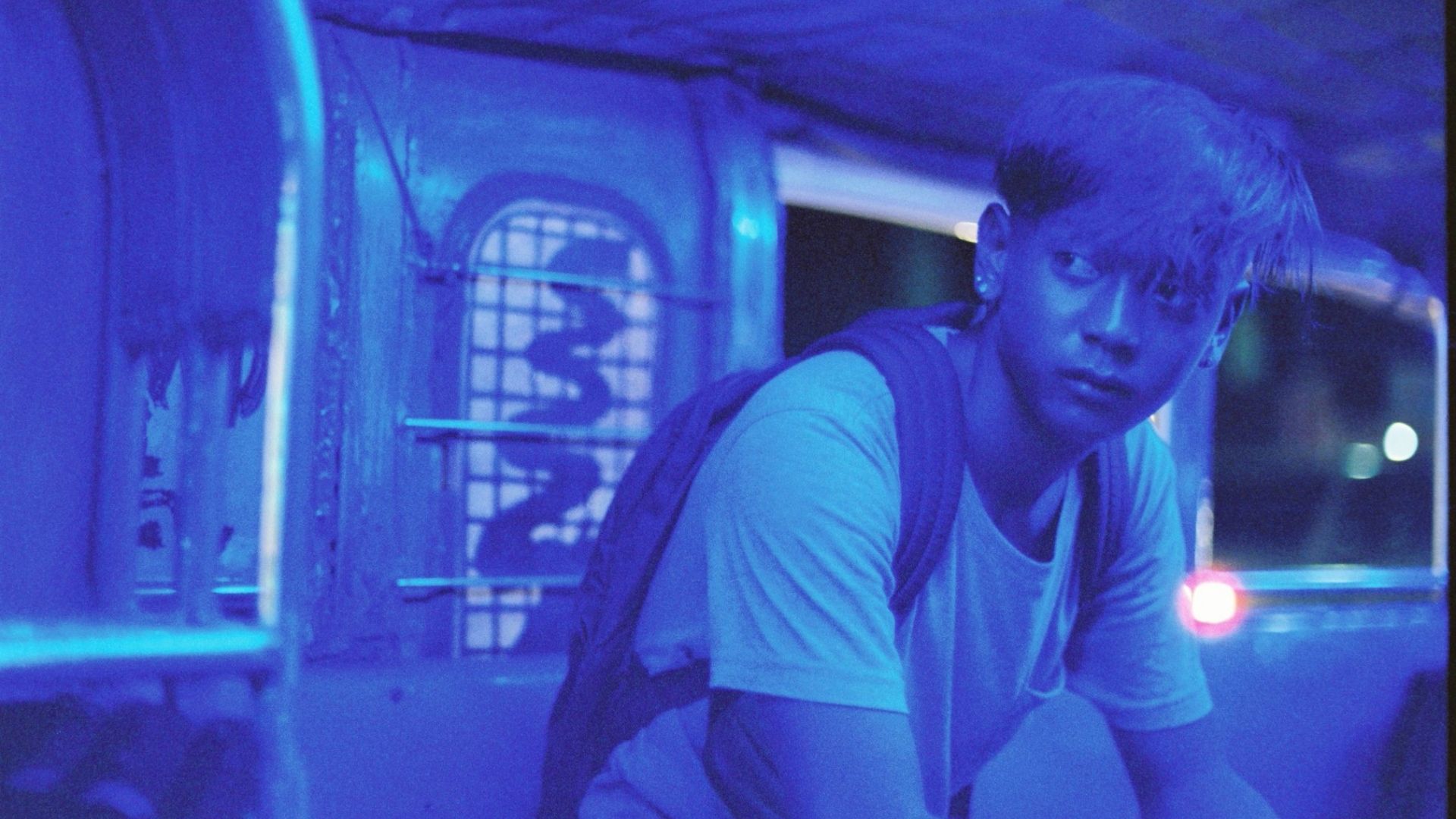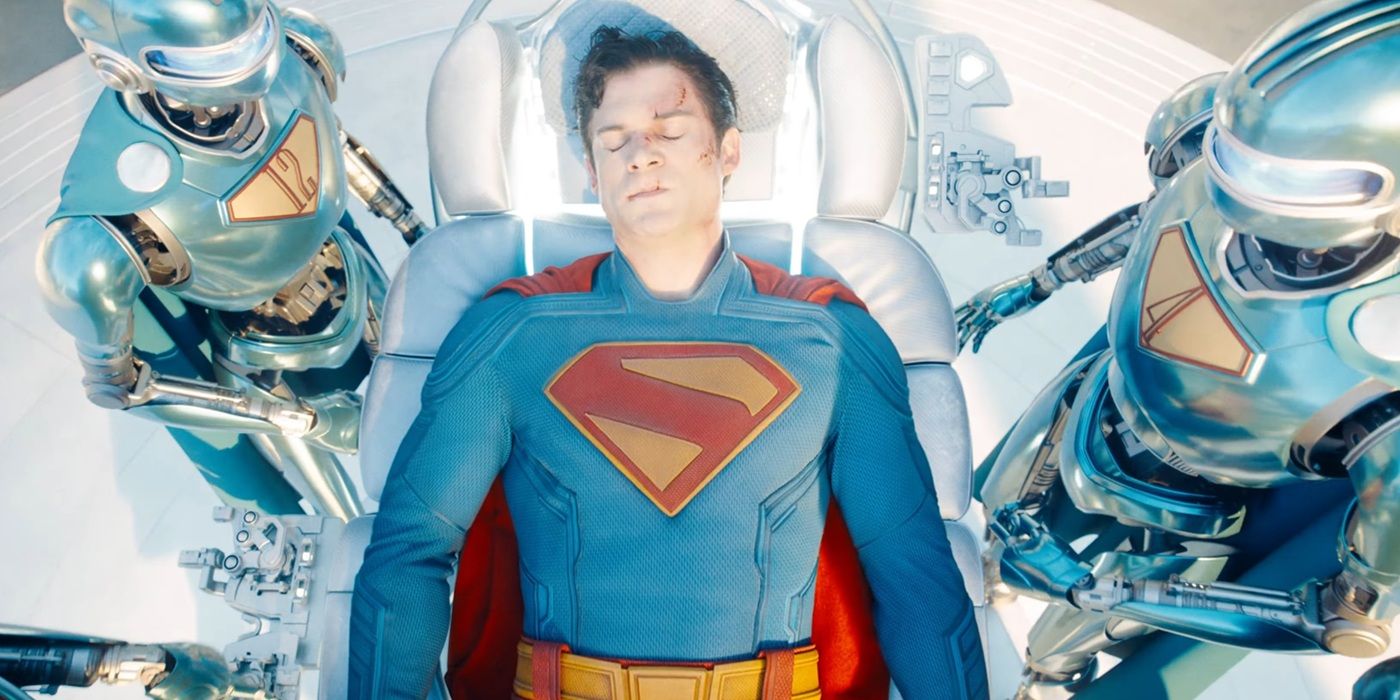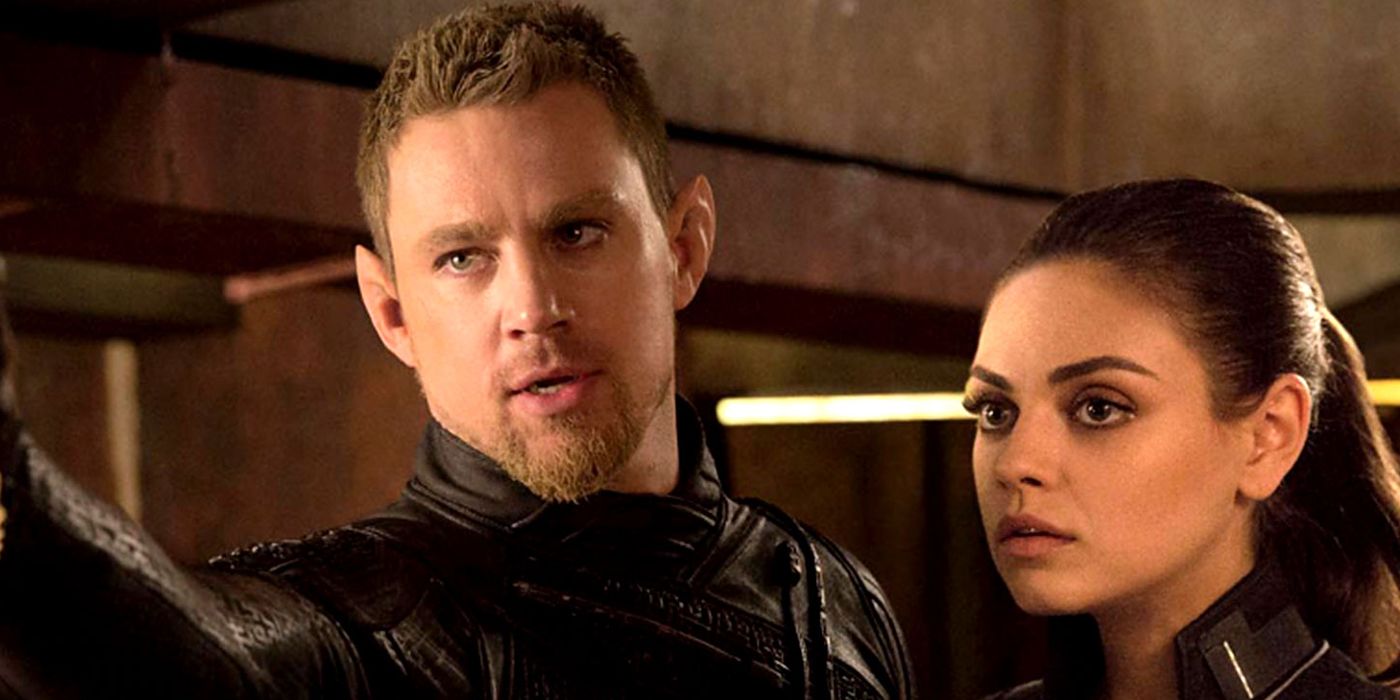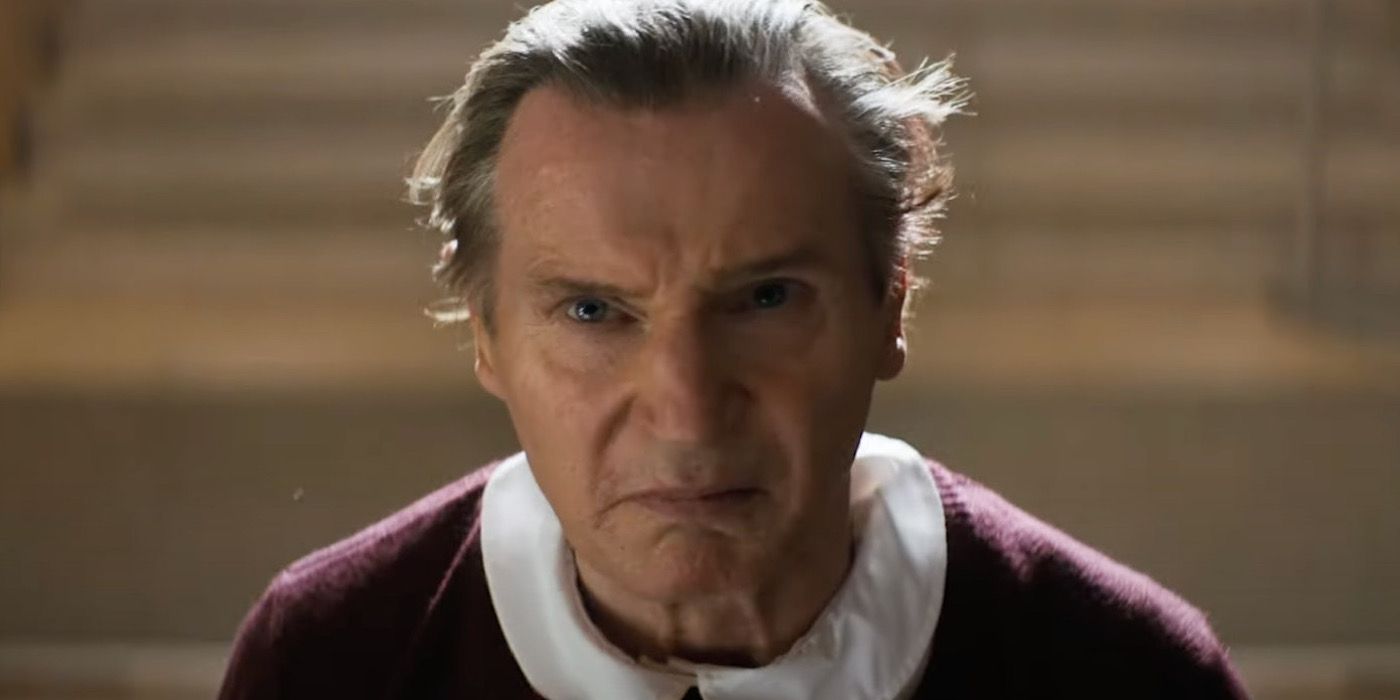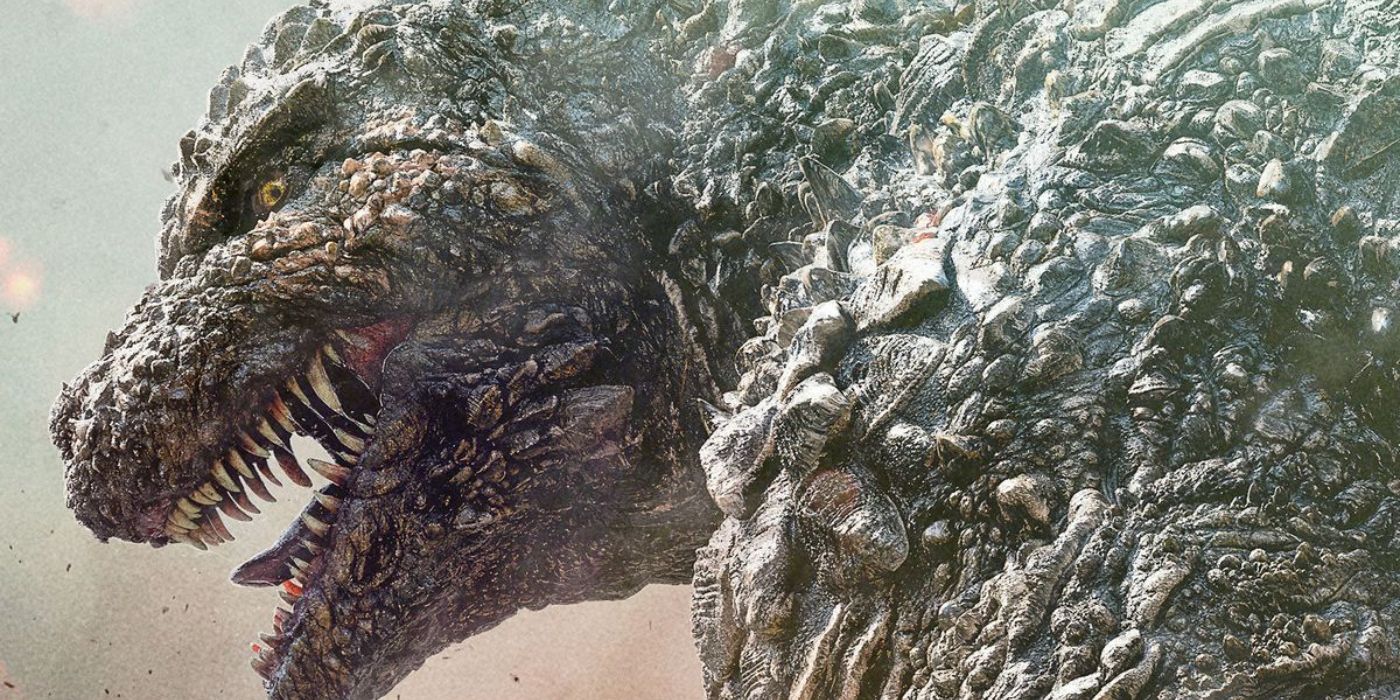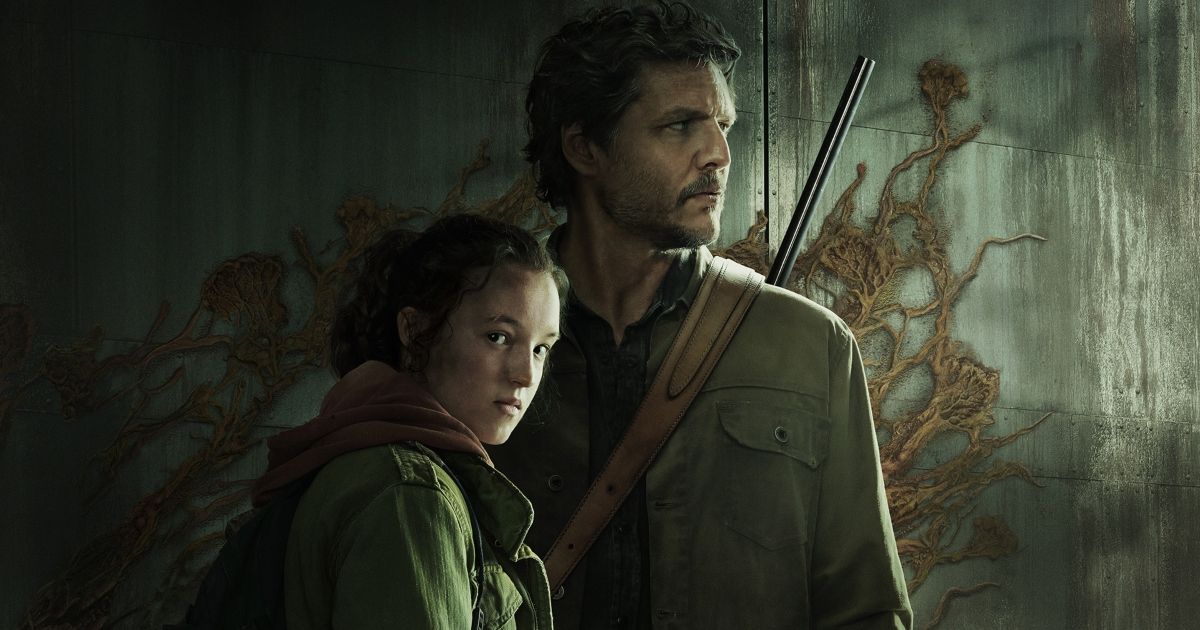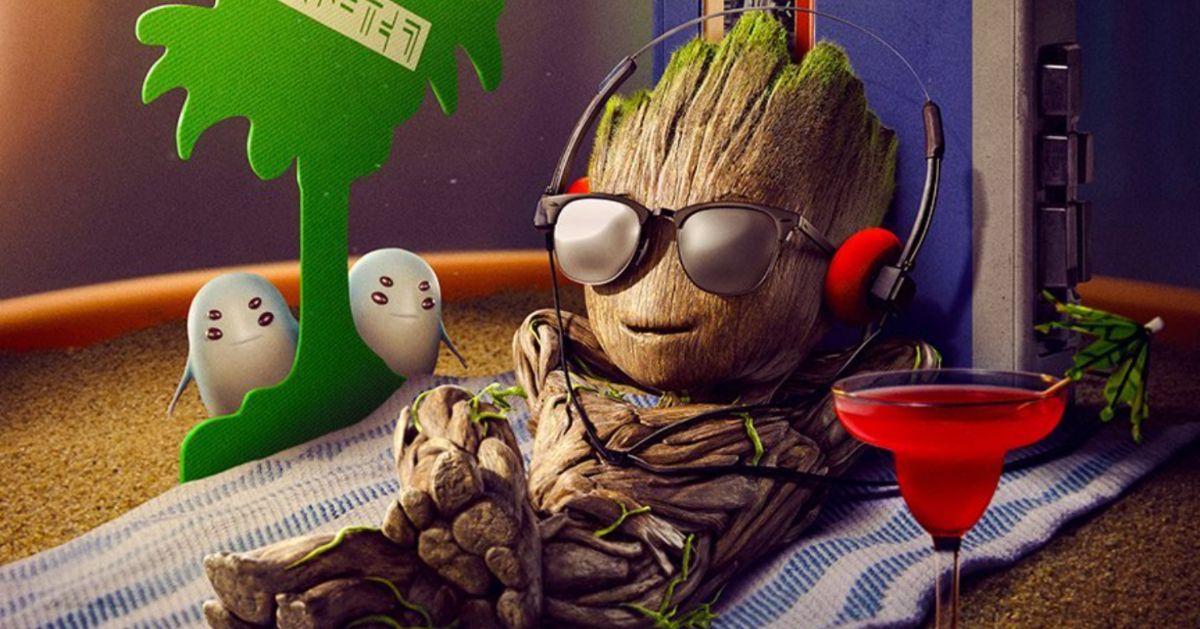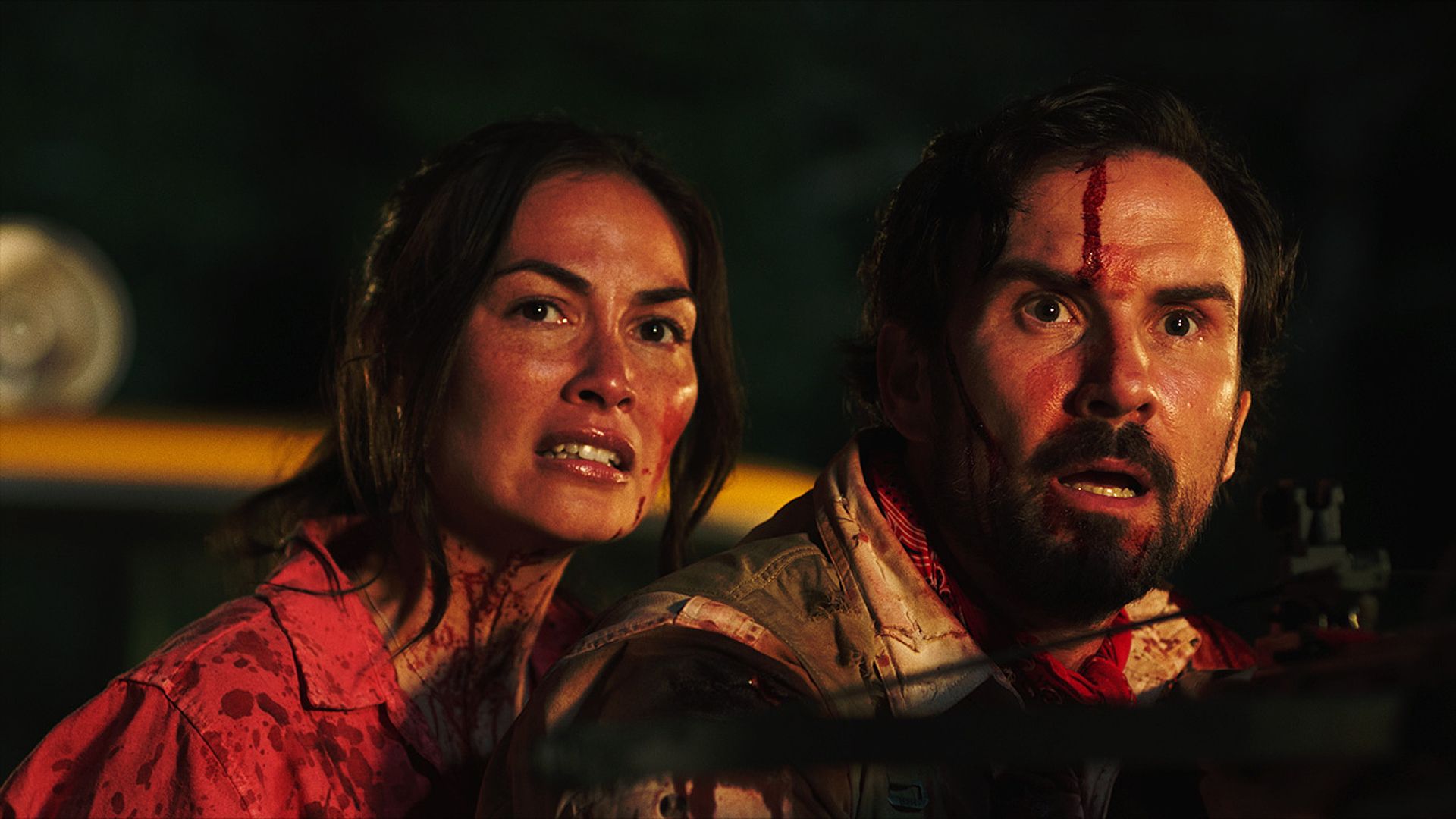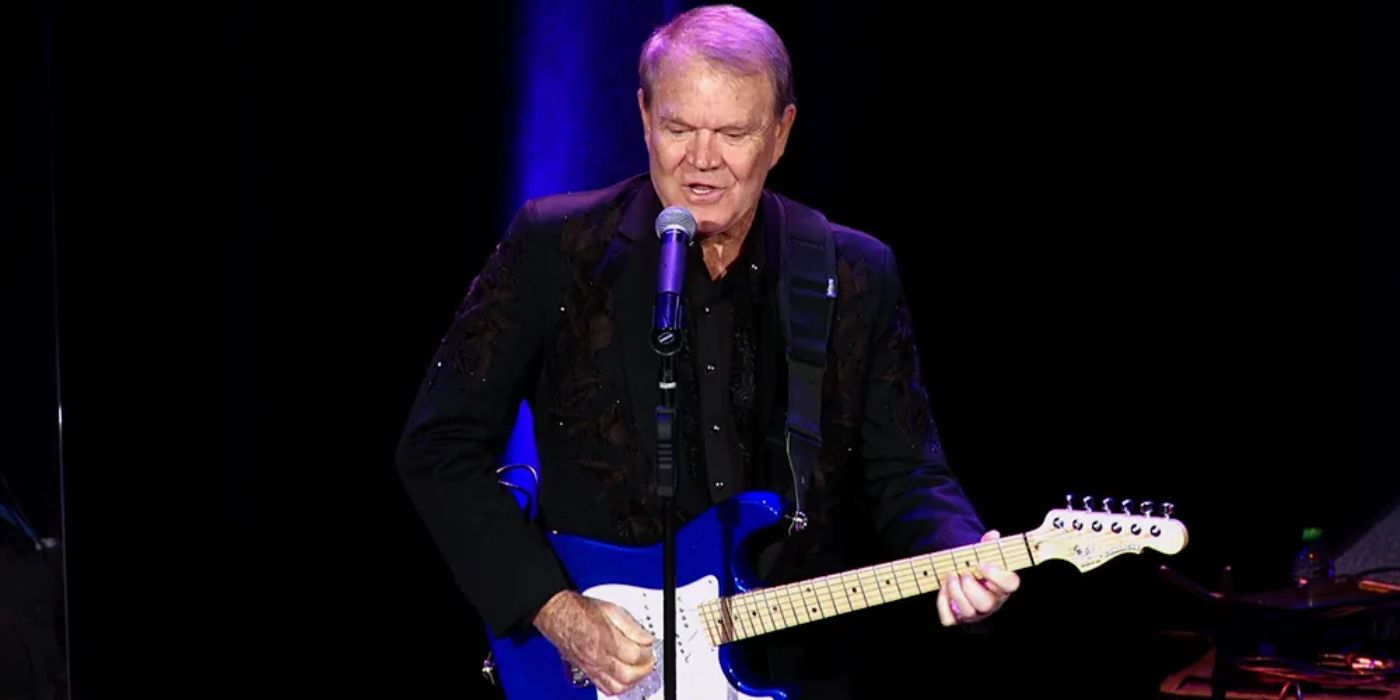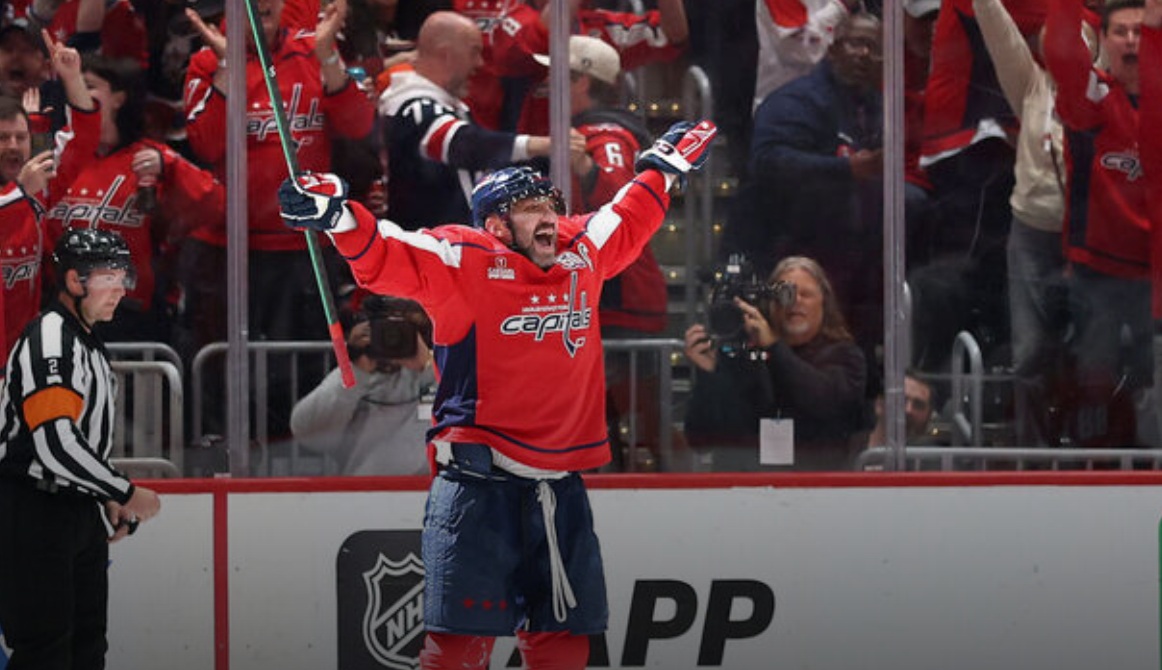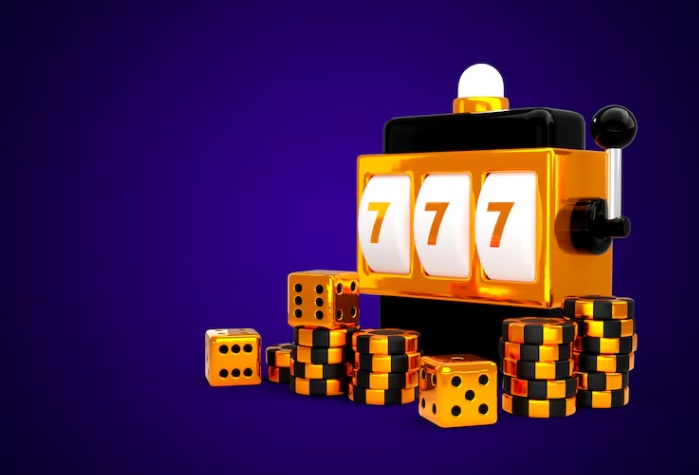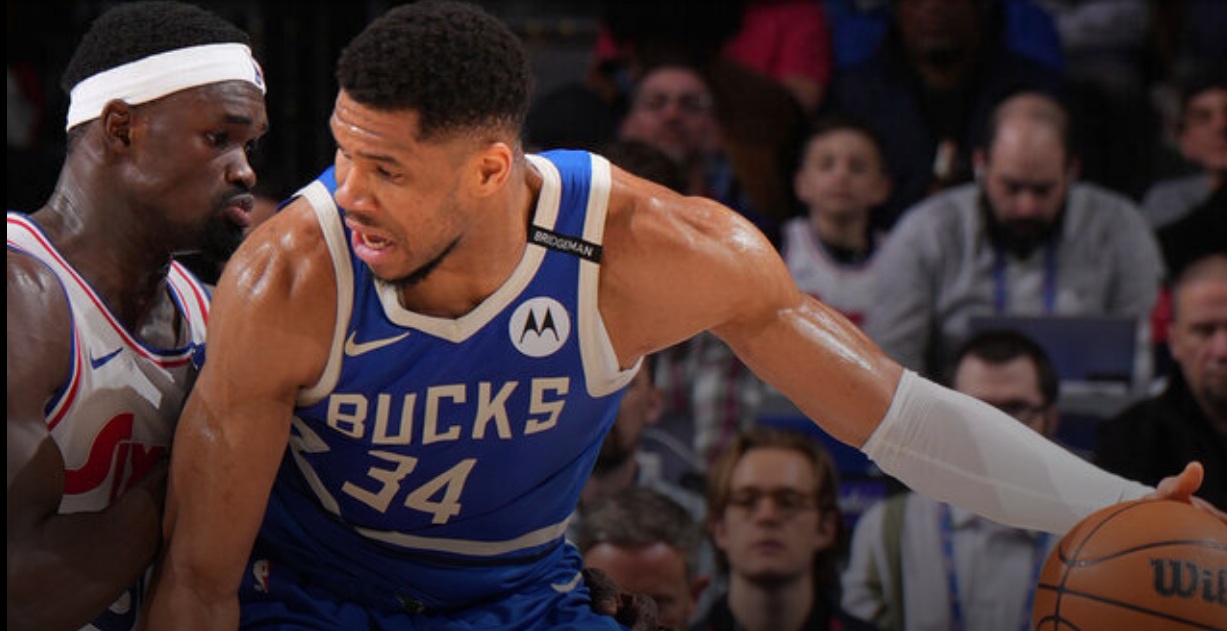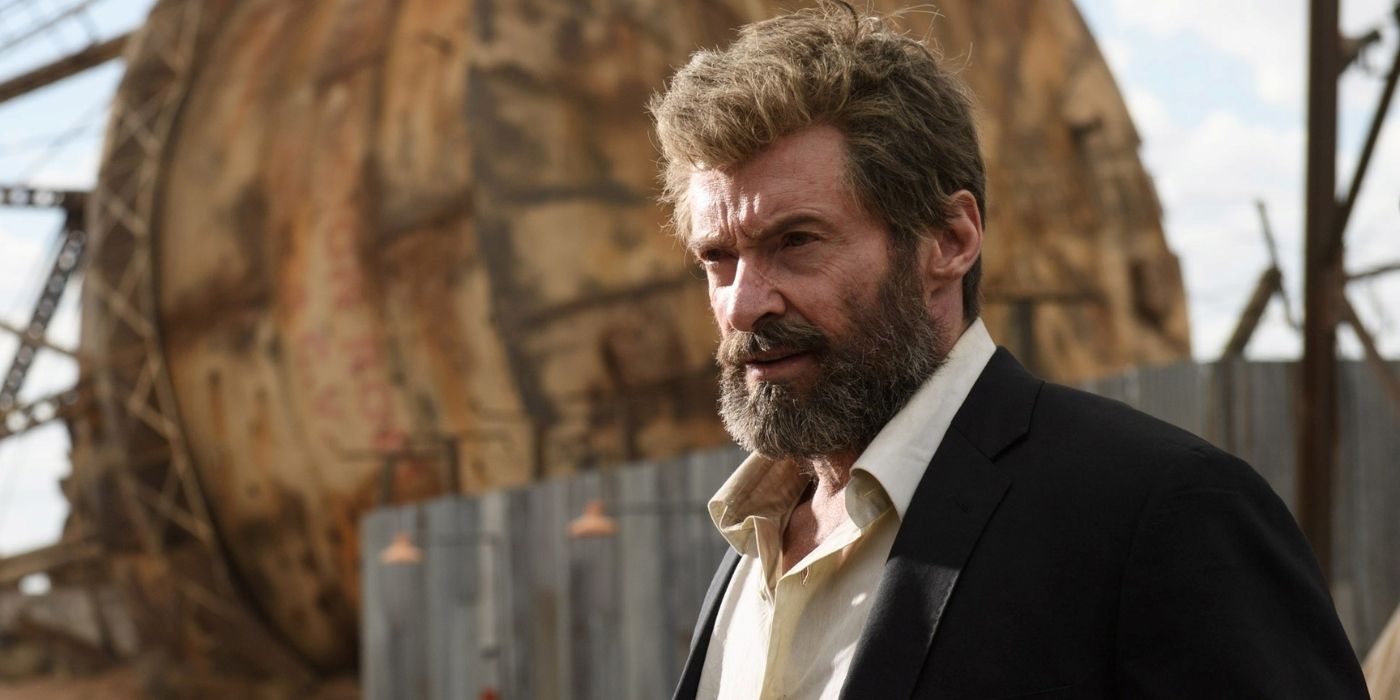Summary
- Godzilla Minus One redefines the legacy of the iconic monster by intertwining human resilience with the awe-inspiring terror of Godzilla, creating a narrative that speaks to our current global context.
- Director Takashi Yamazaki’s decision to set the film in the Showa-Era allows for a story focused on human resilience and ingenuity, portraying Godzilla as a catalyst for human growth and heroism.
- Ryonosuke Kamiki’s nuanced portrayal of Shikishima captures the character’s complexity, mirroring the journey from despair to hope, and highlighting Godzilla as a symbol of the characters’ inner battles and triumph over adversity.
Godzilla‘s immense figure has consistently represented a fusion of fear and admiration. The latest addition to this lineage, Godzilla Minus One, directed by Takashi Yamazaki and starring Ryonosuke Kamiki, stands as a testament to the enduring appeal of the iconic kaiju. Diverging significantly from conventional Godzilla depictions, the film introduces a novel and impactful viewpoint that aligns with modern audience sensibilities.
In an interview with ComicBook, the director, Takashi Yamazaki, has infused Godzilla Minus One with a nostalgic yet innovative spirit. His decision to set the film in the Showa-Era, a period known for its foundational Godzilla movies, was not just a tribute but a strategic choice. The era’s simplicity, devoid of advanced technology and governmental intervention, allowed for a story that focuses on human resilience and ingenuity in the face of an insurmountable challenge. Yamazaki’s Godzilla is not just a monster; it’s a catalyst for human growth and heroism, a theme that deeply resonates in our current times. Yamasaki revealed:
For myself, it was really important for me to portray how these characters, these civilians, really rise to the occasion and that they, as a massive monster, and so that’s why I needed Shikishima and all the characters really start at the very, very bottom of the barrel. And sometimes there’s a glimmer of hope and then he gets slapped back down again. Right? So I wanted to really show bravery and hope that people really starting from the bottom, like emotionally and even post World War II materialistically to then, “Oh yes, and there’s a Godzilla in your face too.” And so for them to have collect all that bravery and to overcome their biggest challenge.
Yamazaki’s commitment to portraying the human side of the Godzilla story is further echoed in the film’s narrative structure. He deliberately avoids the common pitfall of splitting the storyline between Godzilla and human characters, instead opting for a seamless blend that focuses on individual and collective relationships with the kaiju. This approach not only makes the film’s Godzilla unique among its predecessors but also elevates the narrative to a more personal and emotionally engaging level.
Release Date December 1, 2023
Director Takashi Yamazaki
Cast Ryûnosuke Kamiki, Takayuki Yamada, Sakura Andou
Genres Action, Adventure, Drama
Ryonosuke Kamiki, portraying the character Shikishima, brings a nuanced depth to the film. Shikishima is not your typical hero; he’s a character marked by instability, personal loss, and the haunting shadows of PTSD. Kamiki’s portrayal captures this complexity, mirroring the tumultuous journey from despair to hope, a journey that mirrors Godzilla’s own transformation in the film. The Godzilla in “Minus One” is not just a creature of destruction but also a symbol of the characters’ inner battles and eventual triumph over adversity. Kamiki shared:
When I first read the script, and my first impression of Shikishima is that he’s pretty unstable. He’s not really standing on his two feet, so to speak. He has a lot going on. He has PTSD from war. He obviously sees Godzilla face to face. He has his own personal regrets that we find out. And for me, my first impression was how much can I take on that energy of just loss, loss and losing so much? And also how much of that energy then gets converted into the motivation of killing Godzilla.
RELATED: Godzilla Minus One Review: A Monster Attack Masterpiece Transcends the Kaiju Genre
Crafting a Realistic Monster: The Role of VFX in Godzilla Minus One’s Storytelling and Global Appeal
Toho Co., Ltd.
The film’s technical aspect, especially its use of VFX, plays a pivotal role in enhancing the storytelling. Yamazaki’s goal was to create a Godzilla that could be perceived as a real entity, a feat achieved through meticulous digital effects. This realism not only heightens the sense of fear and awe associated with Godzilla but also aligns seamlessly with the film’s narrative thrust, making the monster a tangible representation of the characters’ fears and challenges.
Godzilla Minus One debuts as the world confronts various fears and uncertainties, reflecting similar challenges experienced by the characters in the movie. Yamazaki notes that the themes of the film, though set in a specific era, hold universal relevance. Godzilla’s renewed popularity, especially in the United States, stems from its universal appeal. The kaiju serves as a physical embodiment of collective fears and anxieties, a concept rooted in Japanese culture but applicable globally.
Godzilla Minus One is not just another addition to the Godzilla franchise. It’s a film that redefines the legacy of the iconic monster, intertwining human resilience with the awe-inspiring terror of Godzilla. Yamazaki and Kamiki have crafted a narrative that is as much about human courage as it is about the kaiju, a narrative that speaks to our current global context. The film, through its innovative approach and emotional depth, stands as a compelling piece of cinema, one that will likely be remembered as a key chapter in the ongoing saga of Godzilla.
You can view the original article HERE.


